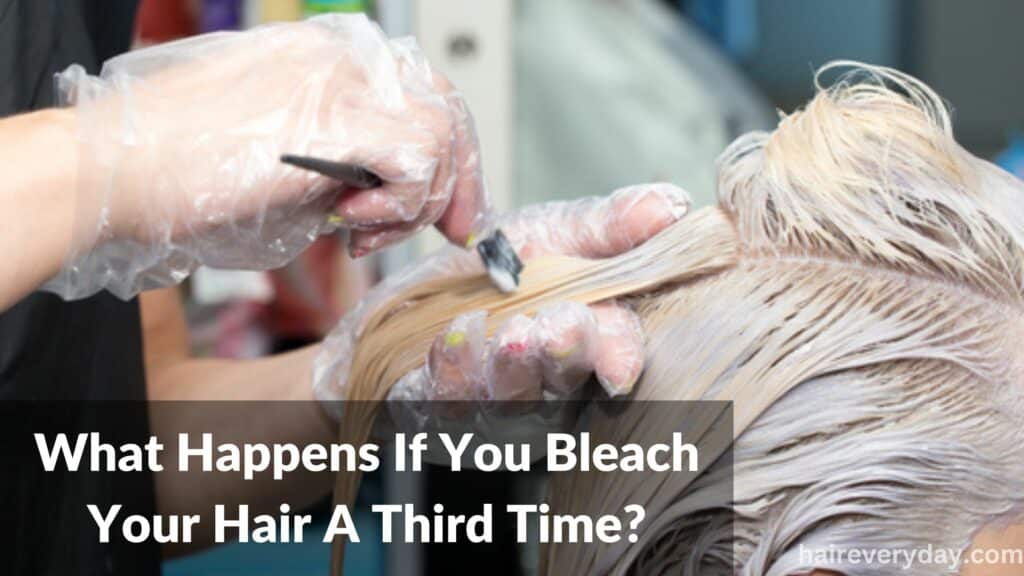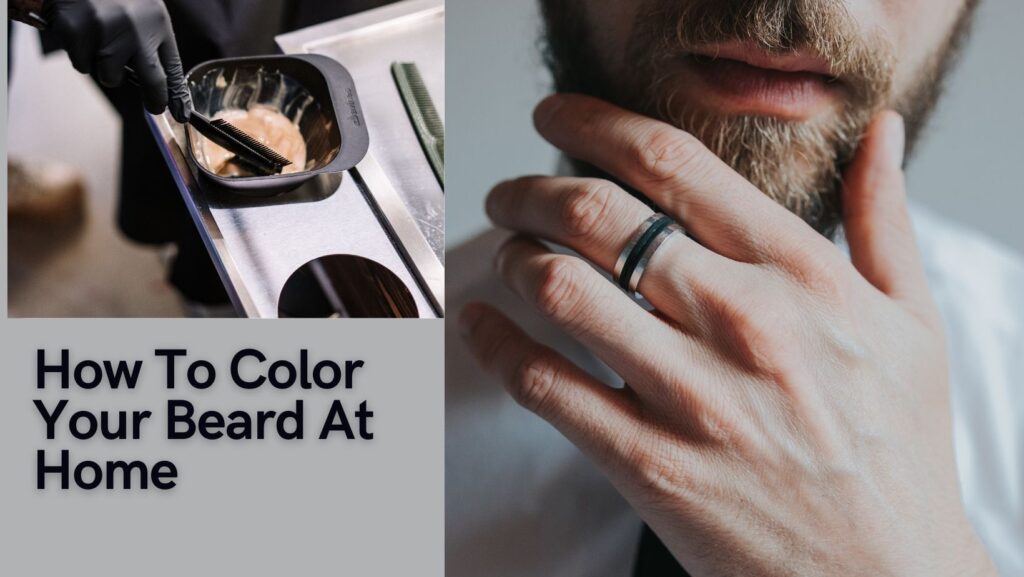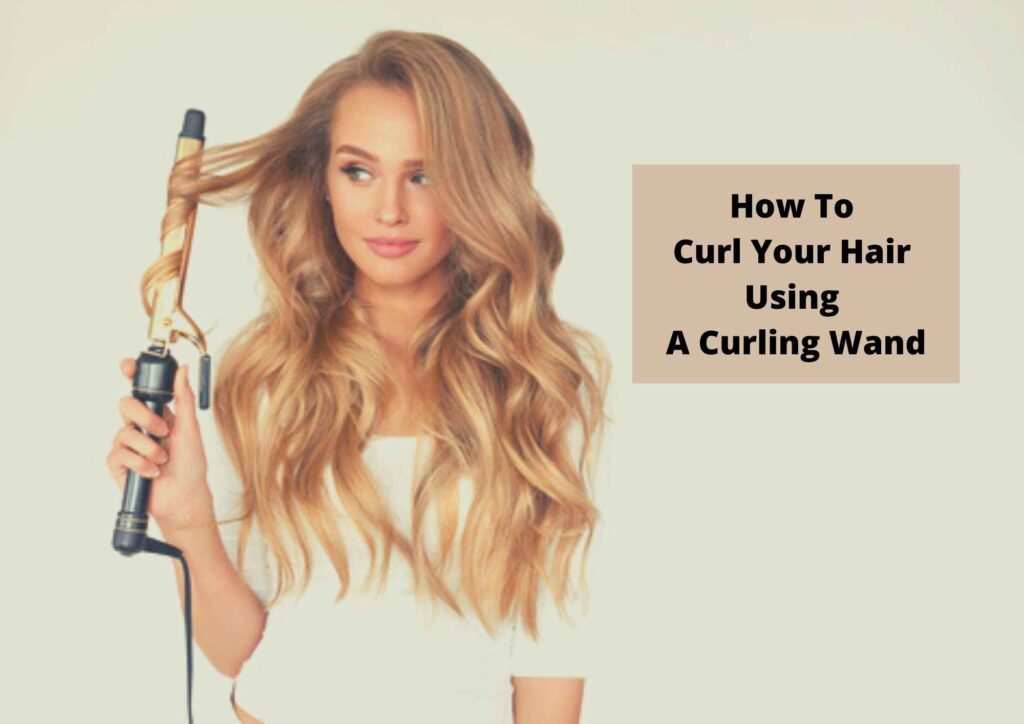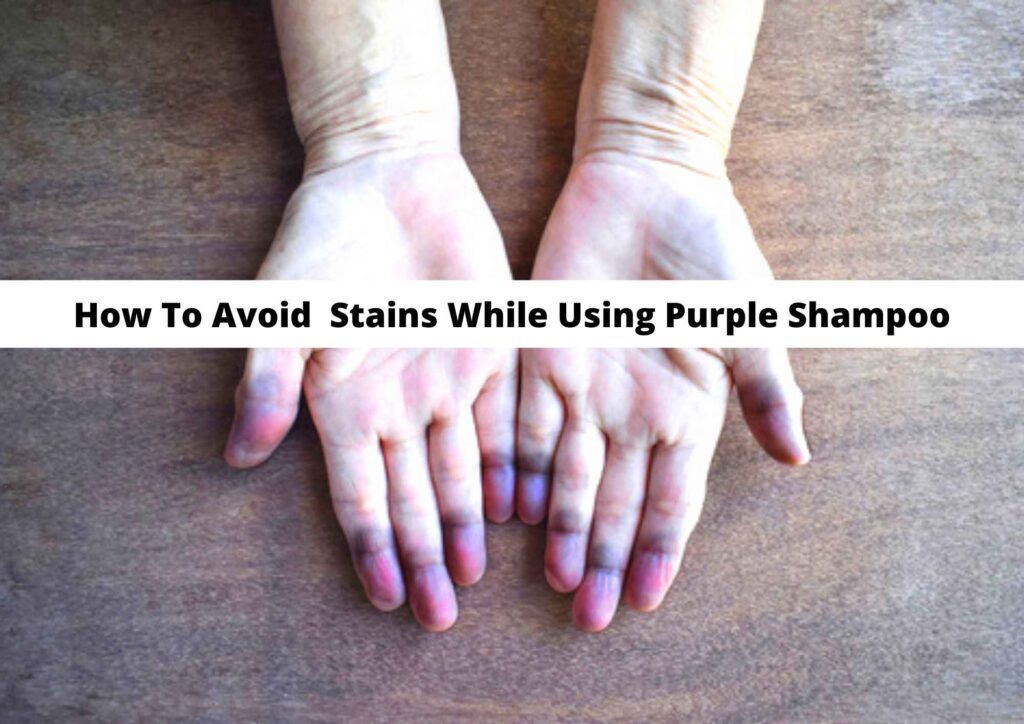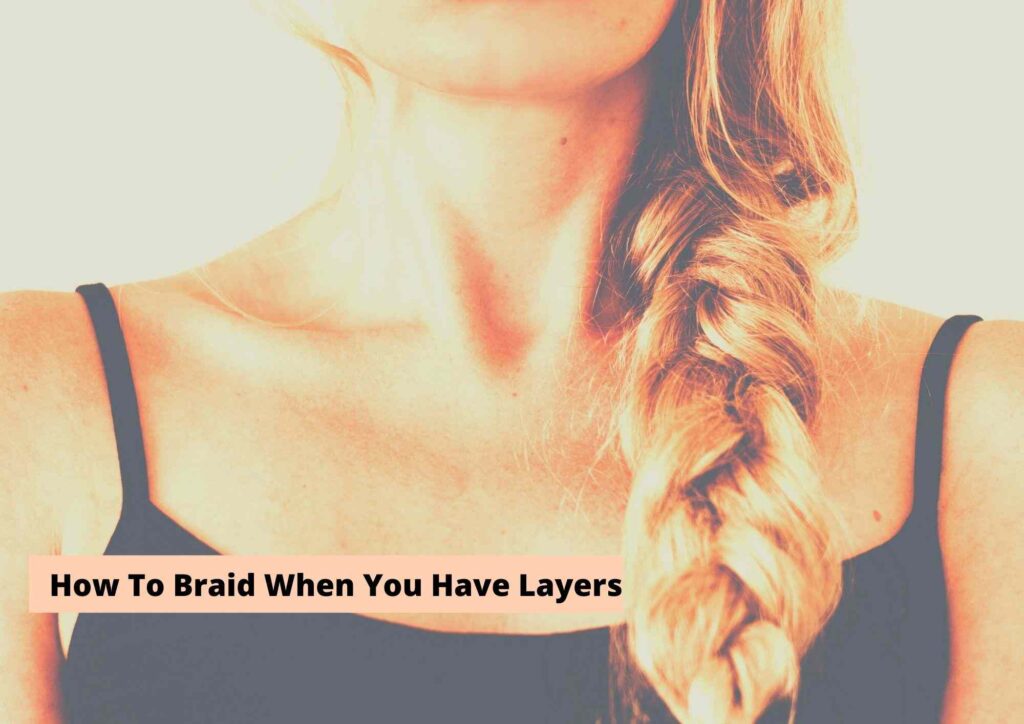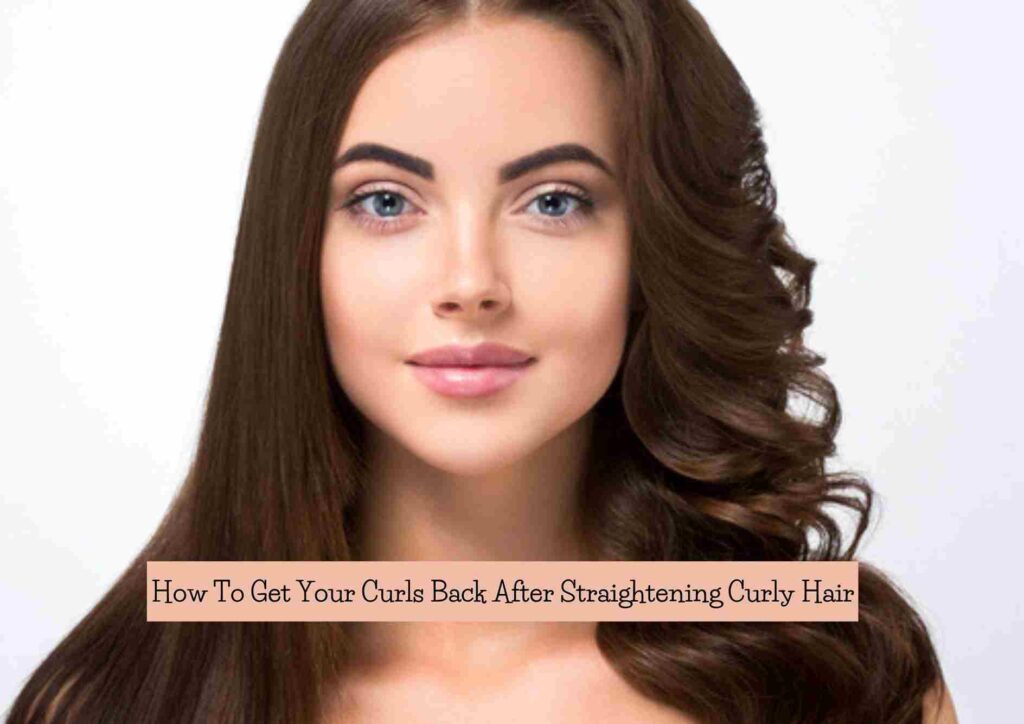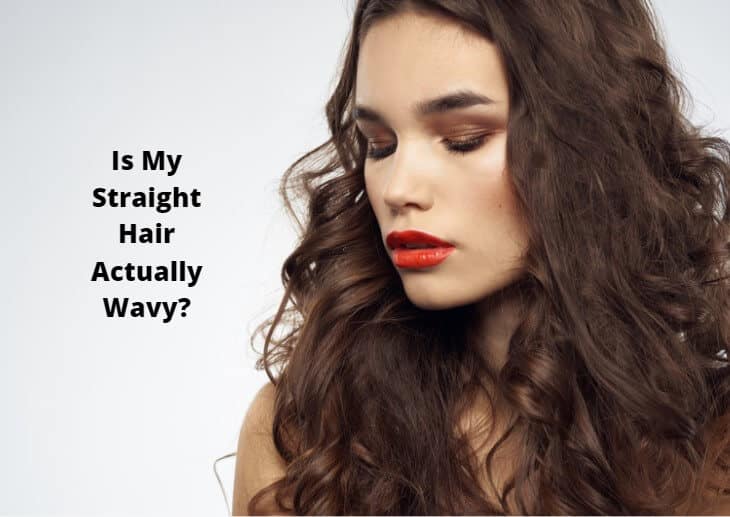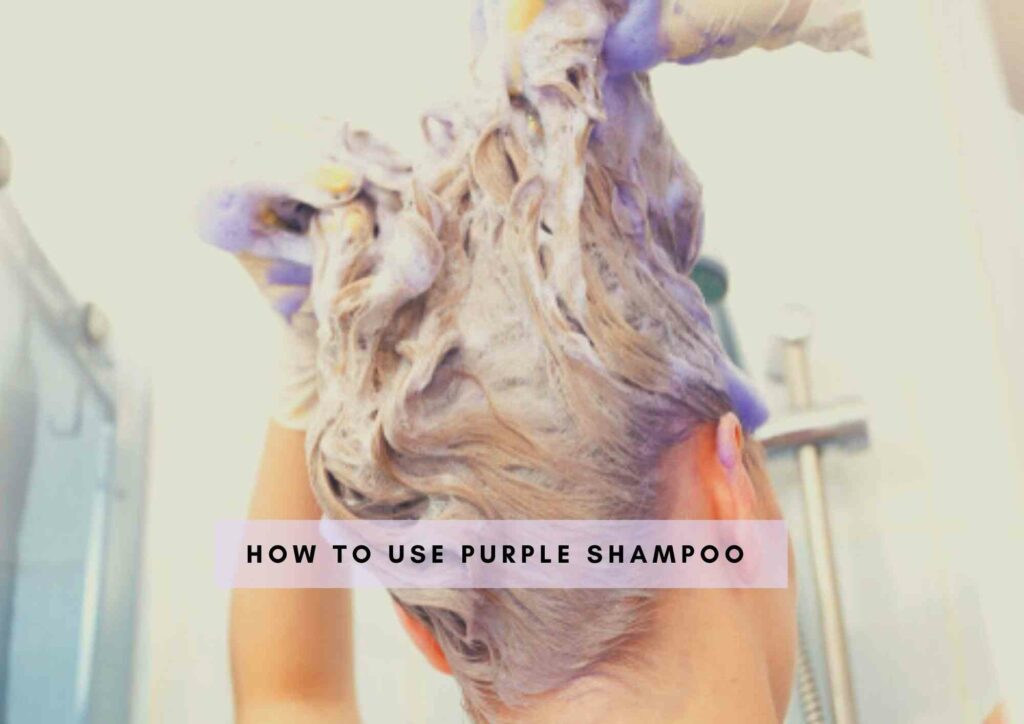Welcome to HairEveryday, your go-to source for all things hair care and styling! Today, we delve into a topic that’s crucial for anyone considering taking their hair color to lighter shades: the effects of bleaching your hair for the third time.
Bleaching can be a transformative experience, offering a dramatic change that can boost your confidence and update your look. However, it’s not without its risks, especially when repeated multiple times.
In this comprehensive guide, we’ll explore what happens when you decide to bleach your hair a third time, the potential risks involved, and how to minimize damage to ensure your locks remain as healthy and vibrant as possible.
Whether you’re a seasoned hair dye enthusiast or contemplating your first foray into the world of bleach, this article will provide you with the essential information you need to make an informed decision about your hair care regimen. Let’s dive in and uncover the secrets to maintaining your hair’s integrity while achieving that coveted level of brightness!
What Happens If You Bleach Your Hair A Third Time?
Bleach: What Exactly Does It Do To Your Hair?
When the hair is bleached it requires using a substance called “bleach” which is made up of chemicals that can lighten the hair and strip the hair of its existing pigments of color. The bleach breaks down the proteins in the hair and removes the color.
So basically if you keep the bleach in your hair longer, the lighter will your hair color get. But can bleach be kept in that long?
Well, the maximum time bleach should be left in during one session is around 30 minutes. This is why a second session is suggested if your hair color hasn’t lightened in the first session.
When the hair is bleached it raises the cuticle on the hair shaft. Thus, the chemicals enter into the hair strand and damage the protein bonds of the hair thereby weakening the hair strand and making it weak and brittle. So, bleaching your hair often can cause hair dryness and eventually hair loss.
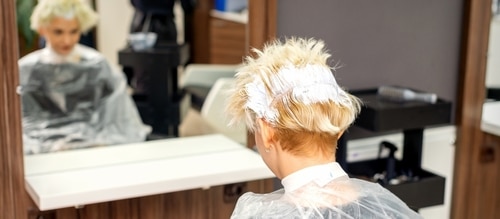
Developer: How To Choose The Right Volume?
So first let us talk about what exactly this “developer” is. The developer is basically hydrogen peroxide which is the chemical that is mainly used to lift up the topmost layer or the cuticle on the hair shaft for the bleach to enter and take effect.
Developers come in different volumes to be able to bleach and lighten the hair to different levels. Developers come in volumes 5, 10, 20, 30, and 40.

So the stronger the volume of the developer, the cuticle on the hair shaft opens better and lightens the hair further. But are higher volumes of developers safe?
Well, the best possible developer to use would be volume 20 and it is also one that is most often used at salons as well. It is one that can give your hair a lift of at least 2 levels when used to bleach the hair that has been dyed with permanent hair color.
Using a 20-volume developer should be the highest level of developer you should choose when you bleach your hair because any levels higher can have severe and very harsh effects on your hair and scalp.
Can I Bleach My Hair With 20 Developers Twice?
Well, the answer to this question is most definitely a no! You should definitely not be bleaching your hair more than once in a span of 24 hours, because the chemicals used in the bleach (of any volume) can damage your hair to a large extent.
Even though volume 20 developer is the most used developer volume, it is still one that is harsh on the scalp and hair.
Many people choose to bleach their hair back to back because the level of their hair color hasn’t lightened to the level they required. Well, let us just say that it is a bad choice! It can cause severe hair damage and scalp burns.
While waiting a month before your next bleaching session is always recommended alongside sufficient hydration and moisture provided to the hair in between two sessions, to help your hair rehydrate and rejuvenate, a span of 24 hours is definitely a must if you do not have the necessary time in hand in case of an occasion coming up and the bleaching session is required, but the risk is all yours.
Can I Bleach My Hair 3 Times A Month?
Can you bleach your hair 3 times a month? Yes, you can. But should you? Is it the healthiest thing to do to your hair? No, it is not!
So again, the right answer to this question would be – no! Bleaching your hair three times in one month is definitely not recommended because bleaching is a process that is super harsh for your hair to endure and the more often you bleach your hair, the more damage it will cause.
The Ideal Time Gap between Bleaching Sessions
Well, the ideal time gap between two sessions would be around 8 to 10 weeks. The reason why this time gap should be maintained between bleaching sessions is that the hair has to get rejuvenated.
The lost protein bonds in the hair need to be restored. During this rest period between two bleaching sessions, you will require to treat your hair well.
This means you will have to oil your hair at least once or twice a week and gently massage it in. Along with this, you will have to use a hydrating conditioner and also apply moisturizing hair masks.
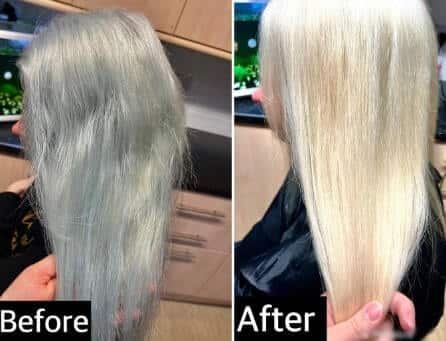
Carrying out these steps of hair rejuvenation and repair are very essential in order to replenish the lost hair moisture and also enhance and accelerate the hair repair process before the next bleaching session.
In case of situations wherein you need to bleach your hair prior to 8 weeks, then maintaining a time gap of 2 weeks at a minimum is advisable.
How Many Times Can You Bleach Your Hair Before It Falls Out?
It is essential to note that how often you can bleach your hair and how quickly it can fall out also depends on the health of your hair.
What bleaching guidelines work on your hair, may not work on a person’s hair that is severely damaged or vice-versa.
The health of your hair is very important and this means that your hair should not be dry and shouldn’t have any damage like coarseness, split ends, and any other visible signs of hair damage.
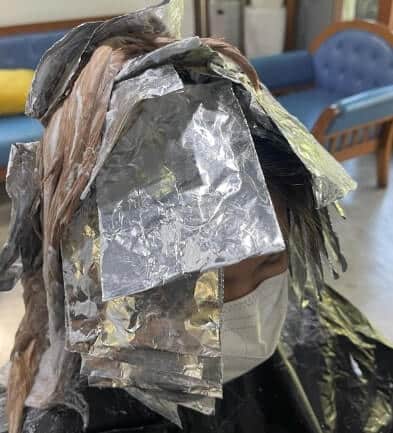
The healthier your hair is, the more endurance and resistance it has to undergo the bleaching process. The more damaged your hair is, the lesser resistance it has to endure the bleaching process.
If your hair isn’t healthy and you’ve gone ahead and bleached your hair a third time, then you can expect quite a lot of hair fall over the following months.
Guidelines For Bleaching Hair Right A Third Time
If you have decided to bleach your hair a third time, then what’s recommended is testing the health of your hair first before making this decision.
The best way to test the health of your hair is by doing a strand test. A strand test is one that can help check the resistance your hair has toward the bleach. It can also show how much lighter can your hair get after it has been bleached.

Here’s how you can conduct the strand test on your hair:
Step 1: Comb out all your hair first and then tie your hair up into a ponytail.
Step 2: Then gently separate a couple of hair strands from the back of your head (where it isn’t visible when your hair is left).
Step 3: Prepare a very small batch of bleach using the volume 20 developer and bleach only that strand of hair right from the root, until the tip.
Step 4: Leave the bleach on that strand for around 20 minutes before rinsing it off with plain water.
Here’s How To Decipher The Resistance Power Of Your Hair
Once that hair strand is completely dry, rub your finger up and down over the hair strand and first check for its smoothness. Is it very smooth or does it feel rough?
Secondly, did the color of the hair strand lighten to a good level as compared to the rest of your hair or not?
Thirdly, gently tug on the strand of hair and check whether it gets elasticized or does it immediately snap upon a little extra tension.
If your strand test is positive, then it means your hair is healthy and you can go ahead and bleach your hair for the third time.
If your strand test is negative, then it means that your hair requires immediate repair and hydration, thus making it unfit for a third bleaching session and requires sufficient time to recuperate.
Thus, you will have to set aside bleaching your hair for a while and begin the process of nourishing your hair for at least some months.
If your hair did pass the strand test and you’re going to bleach it a third time, make sure to oil it well the night before you bleach it and leave it on through your bleaching session.
Also, using a volume 20 developer or a maximum of volume 30 is advisable. Lastly, do not leave the bleach on for more than 20 minutes.
The final takeaway
I hope this article was able to answer all the questions you had in mind about bleaching your hair and the right way to do so in case you really wish to bleach your hair a third time!
Make sure to take the right precautions and check your hair health before the third bleaching
Also Read:
To Summarize

